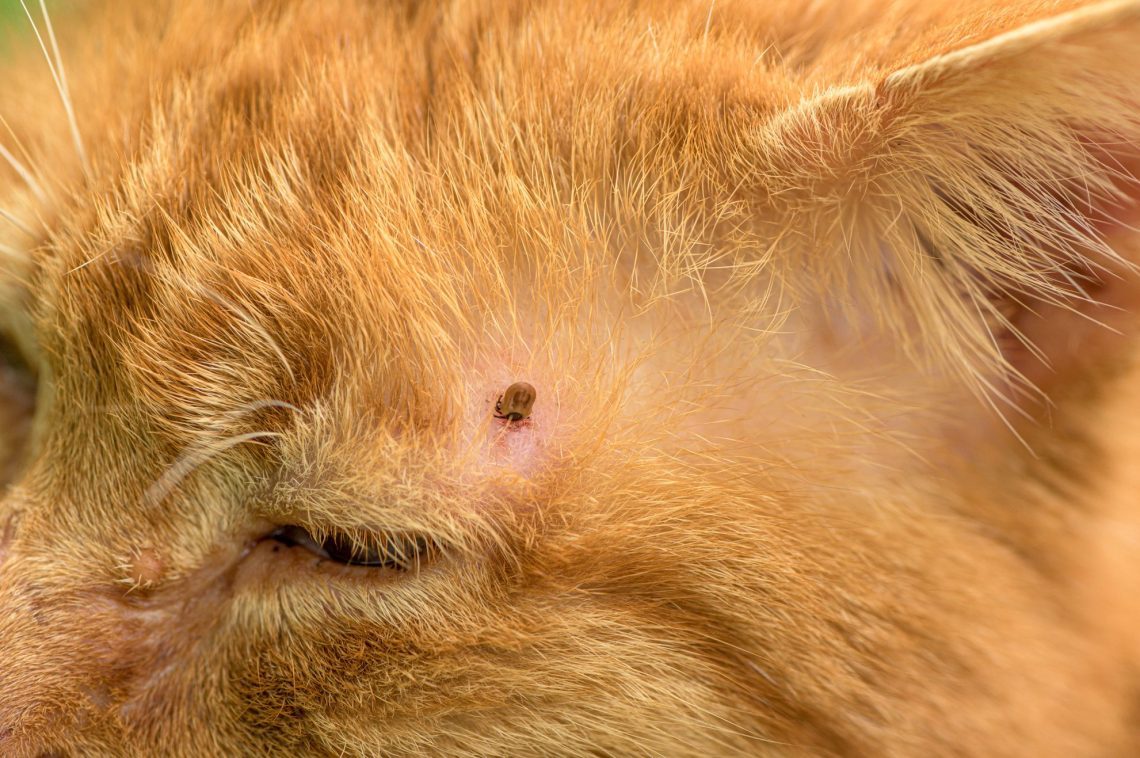
Означите мачку
Ништа не чини да се дете осећа боље од крзненог пријатеља. Већина мачака такође воли када им неколико људи истовремено пружи пажњу и негу. Деца и мачке се добро слажу и играју заједно, само да знају да поштују потребе и жеље једни других.
Превентивне мере
Several species of these arachnids parasitize domestic animals. The article will focus on ixodid ticks, but the subcutaneous tick, as well as the ear tick in a cat, are no less dangerous – a separate material is devoted to the fight against it.
The most effective prophylactic against ixodid ticks are substances that cause their death, but do not harm the cat. Such drugs are available in different forms:
- tick collars;
- drops from ticks and fleas;
- пилуле;
- спрејеви.
Anti-mites should be applied even if your cat does not go outside, but there is a dog in the house: parasites often crawl from one animal to another.
But ticks cannot jump, so they do not like trimmed lawns: it is much more likely to meet them in tall grass or bushes. Avoid such areas while walking. Under no circumstances should cats be allowed to roam alone. It is one thing to exercise in a landscaped area under your supervision, and quite another to move freely in nature or in the city, where not only ticks, but also many other dangers can await your pet.
After each walk, conduct a thorough visual inspection of the animal. Pay special attention to the neck and head: ears, cheeks, the area around the eyes. Also, ticks are drawn to dark, hidden areas of the body: armpits, groin. Use not only your eyes, but also your fingers. When stroking a cat, pay attention to the bumps and lumps on her skin. A sparse comb can help detect parasites in long hair.
What to do if a cat is bitten by a tick
By itself, a single tick bite is not dangerous: the parasite drinks a little blood. Much worse is that these arachnids are carriers of many diseases. Cats are at risk of contracting hemobartonellosis, which causes potentially fatal anemia. Tularemia, a bacterial infection that affects the lymphatic system, is also not uncommon.
Therefore, the detected tick should be removed as soon as possible, and after extraction, monitor the condition of the pet. Noticing changes in the behavior or physical condition of the cat (lethargy, shortness of breath, loss of appetite, blanching of the mucous membranes, diarrhea, vomiting), contact your veterinarian immediately.
How to pull out a tick
It is most convenient to remove a tick from a cat with a special device sold in a veterinary pharmacy or store. If such a device is not at hand, use tweezers. You will also need a second person to hold and calm the animal. The algorithm of actions is as follows: 1. Ask the assistant to gently hold the cat, stroke it, distract it with a treat.
2. Part the fur so that there is bare skin around the bite. 3. Hold the tick firmly with tweezers as close to the skin as possible. Make sure that there are no hairs between the jaws that make the removal more painful. 4. Rotate the tweezers until the tick is separated from the skin. 5. Treat the wound with a disinfectant solution Pulling out a tick with your fingers is dangerous because its body can come off and the head remains under the skin. If this still happened, do not try to pick up the head with a needle or expand the wound – such manipulations will only slow down healing and may cause infection. Leave everything as it is: after a while, the skin itself will push out the foreign body. If inflammation begins at the site of the bite, it is better to consult a veterinarian.
In general, in a situation with a tick bite, the main thing is to remain calm and act clearly according to the instructions. This will minimize the risks to your pet and avoid unpleasant consequences.





